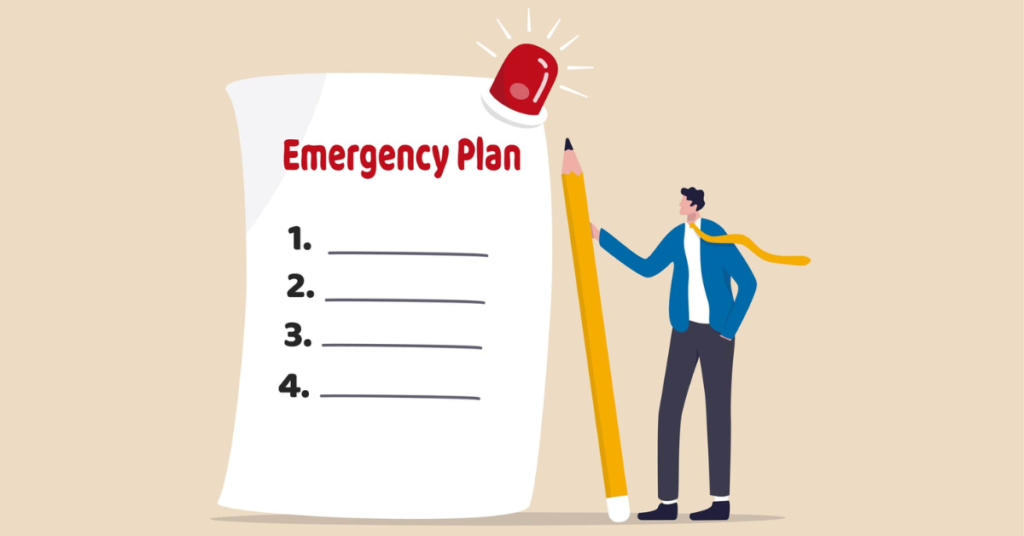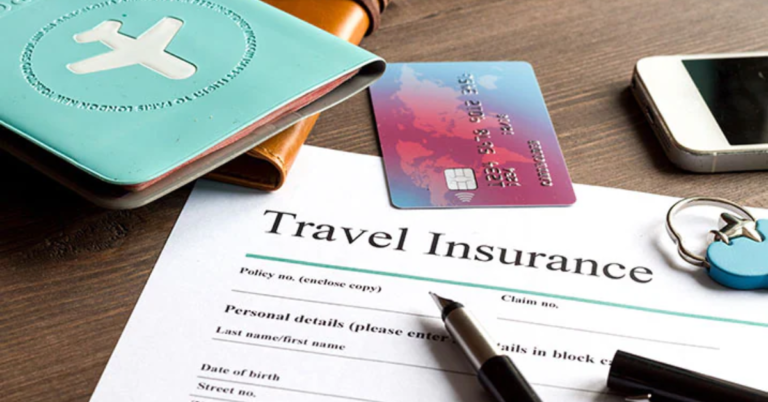How to File an Insurance Claim Without Hassle
Introduction
How to File an Insurance Claim Without Hassle – Discover a complete, step-by-step guide to filing insurance claims smoothly and stress-free. Whether you need help with car, health, or home insurance, this article explains how to prepare, document, and submit a successful claim. Learn how to communicate with your adjuster, avoid common mistakes, and get your payout faster. Ideal for anyone searching for how to submit an insurance claim properly or insurance claim process made simple.
1. Understand Your Insurance Policy

A policy is more than a contract; it’s the roadmap that dictates eligibility, payout limits, and required documentation. Start by reading the declarations page—the summary that lists coverage types, deductibles, and limits. If you see unfamiliar terms such as “actual cash value,” “replacement cost,” or “subrogation,” look them up in the glossary or call your agent for clarification. Knowing the difference between covered perils (e.g., fire, theft, water damage from burst pipes) and exclusions (e.g., earthquake, flood, wear and tear) will prevent you from filing an ineligible claim. A long‑tail keyword to keep in mind here is “how to check what my insurance policy covers before making a claim.” Highlight any time‑sensitive notice requirements—some auto policies require that accidents be reported within 24 hours—so you never miss a deadline.
2. Prepare Before an Emergency Happens

Preparation shortens claim time dramatically. Create a cloud folder titled “Policy + Receipts” and store scanned copies of your policy, premium receipts, warranties, and appraisals. For property insurance, shoot a 360‑degree video of each room and update it annually or whenever you make a major purchase. Keep physical backups off‑site (a bank safe‑deposit box works well) in case of total loss. Another long‑tail keyword users often search is “how to prepare for an insurance claim ahead of time with photos and receipts.” By having evidence ready, you reduce disputes about the item’s existence, age, or value and avoid the hassle of chasing paperwork under stress.
3. Steps to Take Immediately After an Incident
First, put safety above everything else. Call emergency services if anyone is hurt or if there’s a risk of further injury. For property damage, take reasonable measures to prevent additional loss: tarp a leaking roof, shut off the water supply, or board up broken windows. Most policies contain a “duty to mitigate,” meaning the insurer may reduce a payout if you let damage worsen. Notify relevant authorities when required—auto accidents often need a police report, and burglaries almost always do. Obtaining official documentation backs up your claim and reinforces credibility. The long‑tail phrase “what to do right after a house fire before filing an insurance claim” is consistently recommended reading for homeowners.
4. Contact Your Insurance Provider Promptly
Time matters. Call your agent, use the insurer’s mobile app, or log in to the online portal as soon as practical. Provide the policy number, date and time of loss, location, and a concise description of what happened. Many insurers now offer “first notice of loss” chatbots or self‑service forms that walk you through each step. Be factual, not speculative—stick to what you know, not what you assume. Ask the representative for a claim reference number, expected timelines, and a list of documents or forms you’ll need. “How long do I have to file an auto insurance claim after an accident” is a popular search inquiry; each state’s statute of limitations differs, but your policy may impose a shorter window.
5. Document Everything Thoroughly
Evidence makes or breaks a claim. Take high‑resolution photos or video from multiple angles, making sure to include close‑ups of serial numbers or identifying marks. Use good lighting and add a date stamp if your camera allows it. For medical claims, keep every bill, prescription receipt, and doctor’s note; for property claims, save repair estimates and hotel invoices. Start a simple spreadsheet that logs every phone call: date, time, person’s name, extension, and a summary of the conversation. Email follow‑ups stating, “Per our call, we discussed…” create a paper trail the adjuster can’t ignore. Long‑tail searchers often look up “best way to document damage for an insurance claim using smartphone photos.”
Also Visit This Adults Shouldn’t Ignore Life Insurance
6. Fill Out the Claim Form Properly
Claim forms vary by insurer but usually ask for: policy details, loss description, itemized damages, witness contacts, and your preferred payment method. Type or write legibly and avoid blanks—use “N/A” for non‑applicable sections. Double‑check dates, values, and signatures. Attach the required photos, receipts, or medical records, labeling each file clearly (e.g., “Kitchen_Fire_Photo1.jpg”). Incorrect or missing information is the number‑one cause of payout delays. Search interest in “step‑by‑step guide to fill out a home insurance claim form correctly” has grown as more people file online; following the on‑screen checklist reduces errors.
7. Cooperate with the Insurance Adjuster
The adjuster assesses damage, verifies coverage, and recommends a settlement. Expect a phone interview and, for property claims, an on‑site inspection. Walk through the damage with them, point out hidden issues (e.g., water‑soaked insulation behind drywall), and provide copies of your photos and receipts. Be honest—exaggeration can lead to a denial—but don’t minimize losses either. If language is a barrier, request an adjuster fluent in your language or bring a trusted interpreter. Searches like “tips for communicating with an insurance claims adjuster without getting low‑balled” rank high among policyholders who feel intimidated; knowledge is your best defense.
8. Follow Up Regularly
Most insurers resolve straightforward claims within 10–30 days, but larger or complex cases can drag on. Set reminders to check the claim portal every week. If documentation is missing, upload it promptly. When calling, reference your claim number and politely ask for status updates. Follow up unanswered phone calls with an email to create a digital record. One efficient long‑tail phrase is “how to follow up on my pending insurance claim without delays by email.” Consistent, professional communication keeps your file from slipping to the bottom of the pile.
9. Know Your Rights and Appeal if Needed
If the insurer denies or undervalues your claim, request a written explanation citing policy language. Compare their rationale to your coverage. Gather additional evidence—such as an independent repair estimate or a second medical opinion—and write a concise rebuttal. Most companies have an internal appeals process; if that fails, you can escalate to your state’s insurance department, ombudsman, or small‑claims court (for lower amounts). Using a licensed public adjuster may make sense for large losses—they work on your behalf for a percentage of the settlement. Popular search terms include “what to do when my insurance claim is denied but I have proof of loss.”
10. Tips to Make the Process Smoother
- Use the mobile app: Photo upload, e‑signature, and push notifications remove guesswork.
- Bundle small receipts: Combine minor expenses into a single PDF to reduce clutter.
- Don’t accept the first offer blindly: Review it against estimates and policy limits.
- Ask for an advance: If you need immediate cash for repairs or temporary housing, many insurers issue partial payments within 48 hours.
- Stay courteous: Adjusters juggle dozens of files; a respectful tone can encourage faster responses.
Conclusion
An insurance claim doesn’t have to be a battle of paperwork and phone calls. By understanding your policy, preparing evidence in advance, and following a clear, methodical approach—from first notice of loss to final settlement—you can eliminate most of the friction people associate with claims. Remember these key takeaways:
- Be proactive: Organize documents before disaster strikes.
- Stay accurate: Provide truthful, complete information.
- Keep records: Photos, receipts, and communication logs safeguard your position.
- Advocate for yourself: Appeal respectfully if the offer seems unfair.





One Comment